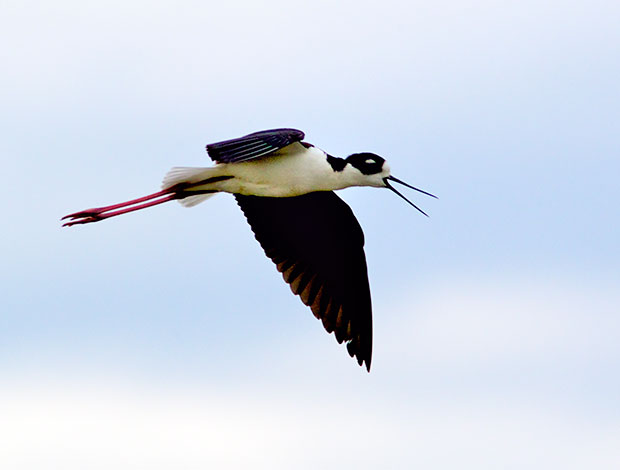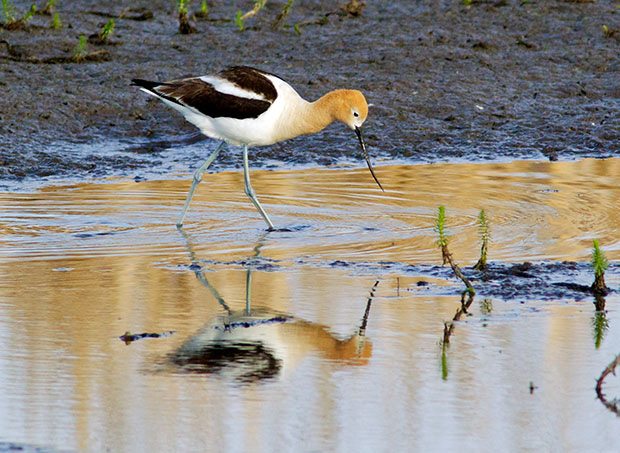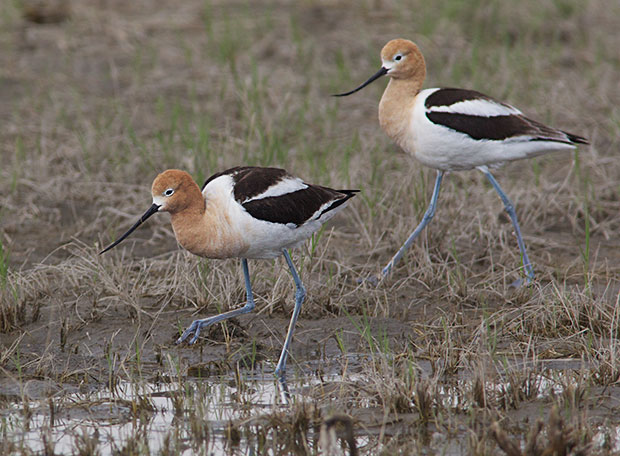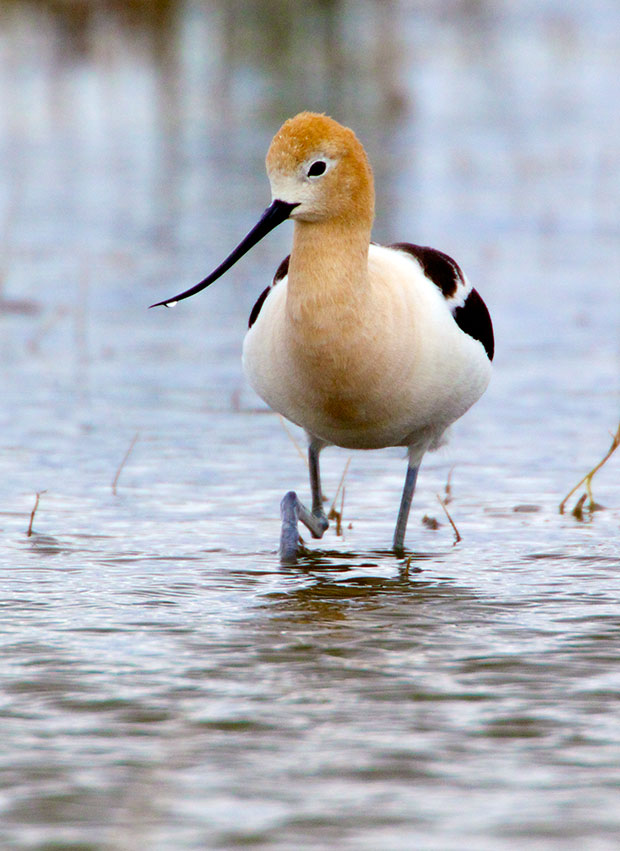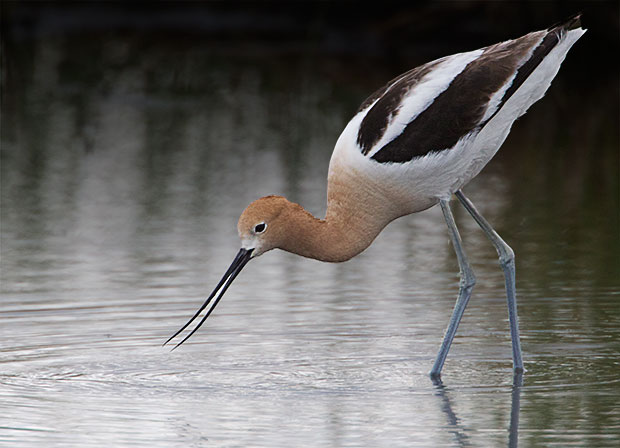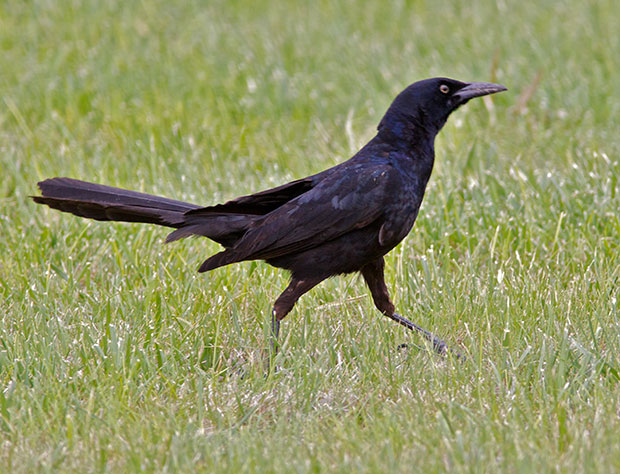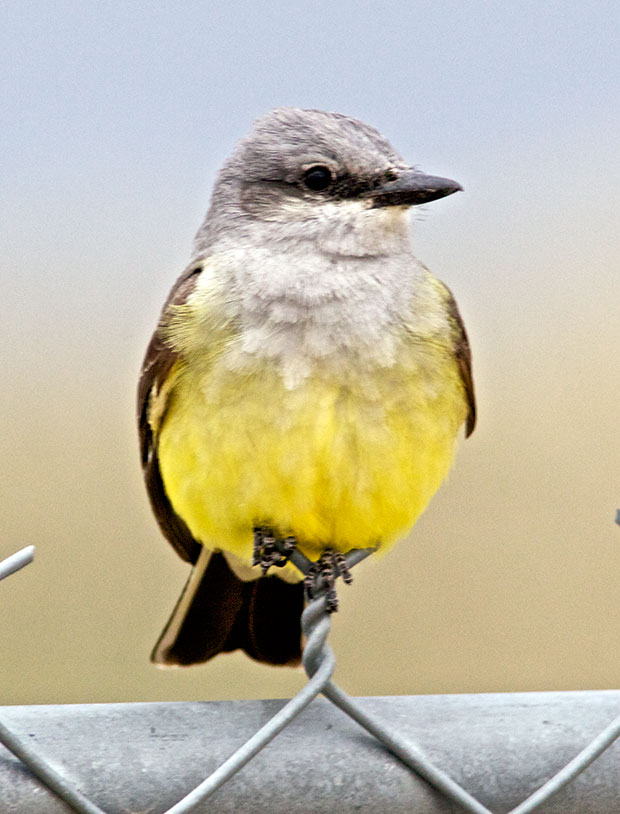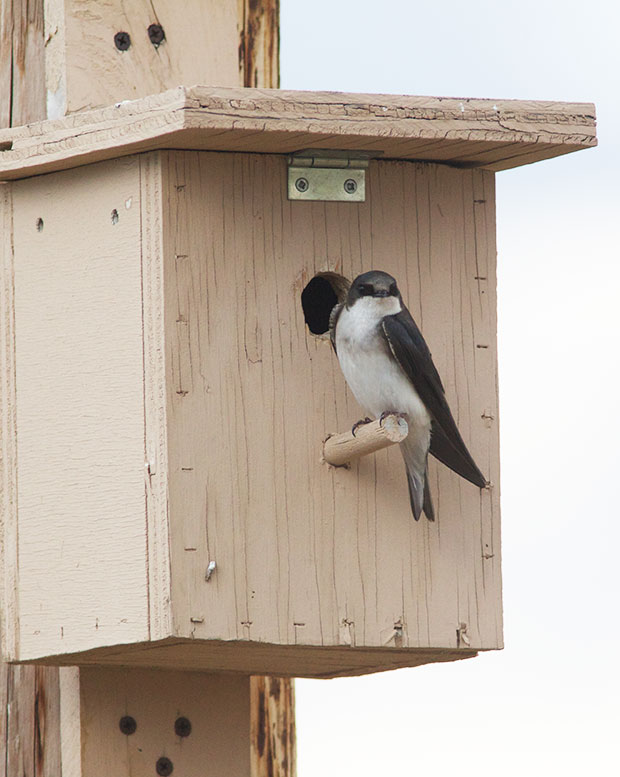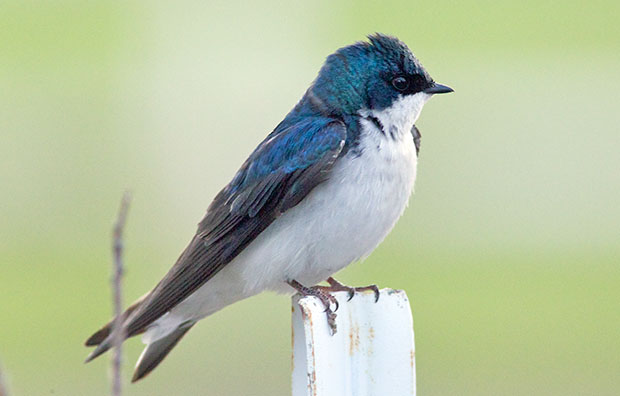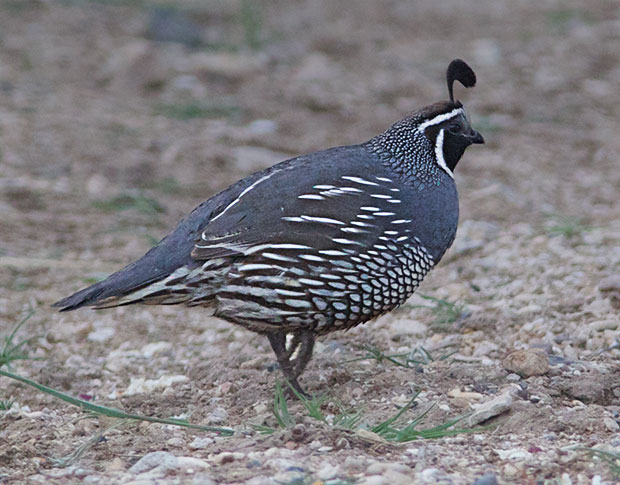While photographing the avocets at Malheur, I noticed that they were almost always accompanied by the more familiar Black-Necked Stilts.
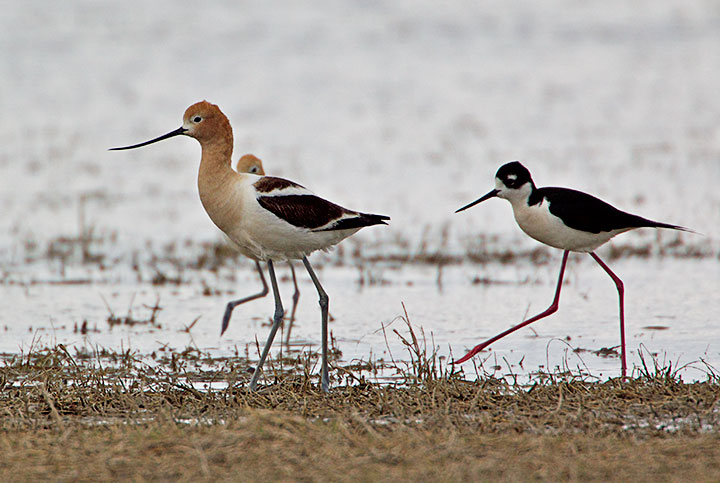
Trying to figure out why that my be, I ended up (as I have done so many times before) searching the web. I didn’t find a definitive answer but I did find that they belong to the same family of birds, which makes sense when you compare them and when you realize they feed in the same area
.
When not in breeding colors, avocets share the same black and white plumage as stilts. I remember a birder last year telling me while looking at a large flock of birds that it’s easy to confuse the two when they’re not in breeding colors. That might be true at a distance but it’s not likely when you look closely. The pattern of black and white is quite different, the bill shapes are different, and the legs are different colors. Not to mention the avocets are quite a bit larger.
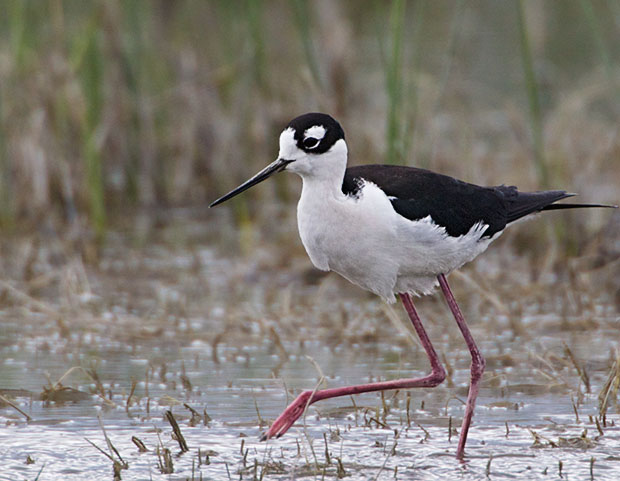
They also seem to have very different temperaments. I was amazed at how mellow the avocets seemed in comparison to the stilts. They just plain ignored me, showing no fear. They were amazingly tolerant of other avocets and even Black-Necked Stilts.
Stilts, however, can only described as “flighty,” constantly taking off and landing. They seem very territorial towards each other, though not toward the avocets, which would seem to make better sense if they were nesting and not migrating.
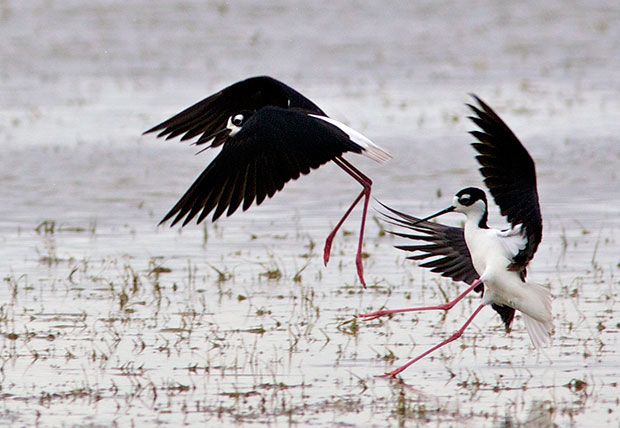
Unlike the avocets, the stilts were easily spooked, even when they were at a considerable distance. They took flight quickly and told the world that there was an intruder about.
